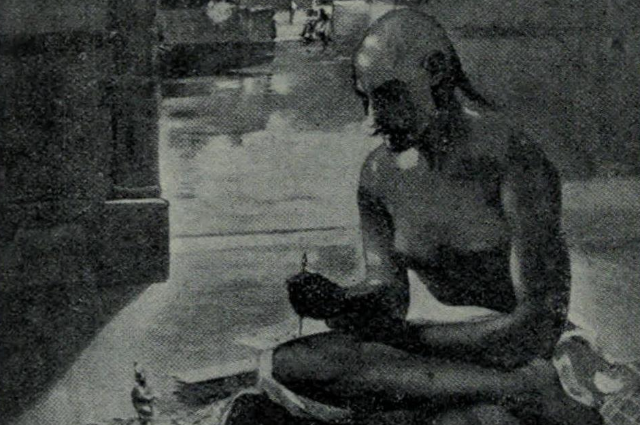How do we decide whom to put where in this chart of legacy? As a race we are built to put a tag on everything to know its worth. From the barter system to exchanging currencies, we assign a price to everything to measure its value. But what about people? What about the work they create? Can we truly put a number on their art? Is it fair? And how do we rank them in this hall of legacy, by sales, by popularity? If so, do some great minds unfairly end up lower than others?
Kalidasa, arguably the greatest writer to emerge from the Indian subcontinent, suffers from this constant need for comparison between two different generation artists. He is often placed beside Shakespeare, a name far more accessible in the literary world due to the English language’s global reach. Sanskrit, the language Kalidasa mastered, has no native speakers today, making much of his work and its brilliance inaccessible except to scholars. Does that make his work lesser? Or are we simply victims of convenience, measuring genius by familiarity?
Who Was Kalidasa Anyway?
Kalidasa was not just a writer, he was a monumental figure in the poetic world, a poet and playwright in ancient India, believed to have served under the legendary King Vikramaditya during the Gupta Empire. His works were a mix of love, devotion, nature, and philosophy, capturing the essence of life itself. However, because he wrote in Sanskrit, a so-called “dead” language, much of his work remains untranslated, still waiting to be fully discovered and praised by this new world.
A Lost Gem’s Worth in Today’s World
The first of Kalidasa’s works to be introduced to the world was Abhijnana Shakuntalam, a tale of love, separation, and fate. The story of King Dushyanta and Shakuntala, a daughter of a sage and a nymph, was so beautifully structured, with its quotable verses, rising tension, adventure, and cathartic ending, that it left an impact far beyond its homeland. Even European writers like Goethe were influenced by it.
Kalidasa’s true strength lay in his imagery. He wove words with such force that readers could envision themselves as silent spectators in ancient India, watching the events unfold. His metaphors were more than literary devices; they were windows into his world.
Shakespeare, on the other hand, is widely regarded as history’s greatest playwright. But his strength lies elsewhere. His works are deeply rooted in human psychology, political tension, and existential dilemmas. There is no devotion to nature, no surrender to beauty for beauty’s sake. Shakespeare’s words require actors to breathe life into them. Kalidasa’s words bring life to the world around them.
Kalidasa vs. Shakespeare: A Fair Comparison?
It’s easy to compare two literary giants, but is it fair? The two existed in different worlds, wrote in different languages, and had entirely different philosophies. Shakespeare mastered human nature; Kalidasa mastered the nature of the universe. Where Shakespeare dissected political drama, Kalidasa immersed himself in poetry that captured the soul of existence.
But the difference in accessibility has led to an unfortunate imbalance. Shakespeare’s works are studied globally, performed in theaters, and referenced in everyday speech. Kalidasa’s works remain locked behind linguistic barriers, understood only by those who dedicate themselves to Sanskrit literature. If his works had the same exposure, would the world recognize that his artistry rivals, if not surpasses, that of Shakespeare?
Kalidasa’s Influence Today
Despite the hurdles of time and language, Kalidasa’s influence endures. His works continue to inspire Indian literature, cinema, and even modern poetry. His verses on love and nature still resonate, quoted by scholars and lovers alike. In a world that constantly looks westward for artistic benchmarks, Kalidasa stands as a reminder that some of the greatest works ever written were penned in the heart of India.
Perhaps the real question isn’t whether Kalidasa was India’s Shakespeare, but whether Shakespeare, had he read Kalidasa, would have wished to be England’s Kalidasa.

